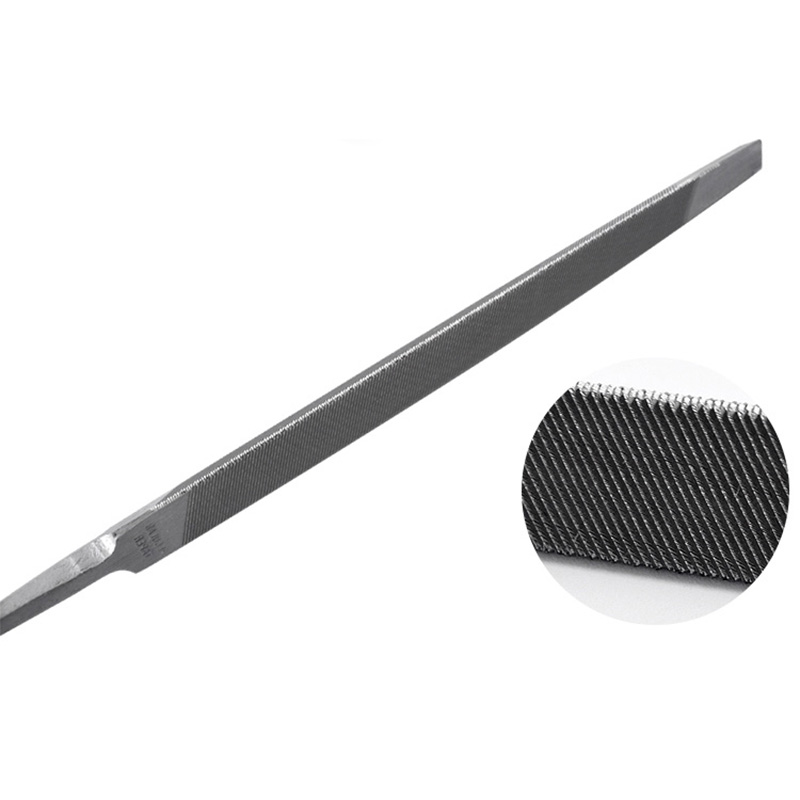FMEA Analysis for Rear Door Rubber Seal Performance and Reliability Assessment
FMEA for Rear Door Rubber Seal A Comprehensive Analysis
Failure Mode and Effects Analysis (FMEA) is a systematic approach to identifying potential failure modes in a product, process, or system and assessing their possible effects on performance. The rear door rubber seal, an integral component in automotive design, warrants a thorough FMEA to maintain vehicle integrity, comfort, and safety. This article explores the importance, methodology, and implications of conducting an FMEA on rear door rubber seals.
Importance of Rear Door Rubber Seals
The rear door rubber seal serves multiple critical functions in a vehicle. Primarily, it provides a weather-tight seal, preventing water, dust, and noise from entering the cabin. This contributes to passenger comfort and preserves the vehicle's interior, ultimately impacting long-term vehicle value. Furthermore, the seal plays a crucial role in crashworthiness, as it helps maintain the structural integrity of the vehicle in the event of an accident. A malfunctioning seal can lead to various issues, ranging from water ingress to increased cabin noise levels, which can compromise user satisfaction and vehicle safety.
FMEA Methodology
The FMEA process involves several key steps, beginning with the identification of potential failure modes associated with the rear door rubber seal. Common failure modes include
1. Deformation Over time, rubber seals can deform due to temperature fluctuations and exposure to UV light, diminishing their effectiveness. 2. Tears and Cracks Mechanical wear during door operation or excessive bending can lead to tears or fissures. 3. Poor Adhesion Inadequate bonding between the seal and the door frame can lead to detachment, rendering the seal ineffective. 4. Material Degradation Natural aging of the rubber material can result in reduced elasticity and increased brittleness.
Once the failure modes are identified, the next step is to assess their effects. For instance, a deformed seal may not provide sufficient protection against water intrusion, leading to mold growth and interior damage, while a tear could result in increased wind noise, affecting driver comfort.
The next stage involves determining the root causes of these failure modes. For example, material degradation may stem from inferior rubber quality or environmental factors. Poor adhesion might be a result of inadequate manufacturing processes or material incompatibility.
rear door rubber seal fmea

Risk Prioritization
In FMEA, each identified failure mode is evaluated and assigned a Risk Priority Number (RPN) based on three criteria the severity of the effect, the likelihood of occurrence, and the ability to detect the failure before it results in significant consequences. High RPN values indicate critical failure modes that require immediate attention.
For instance, a tear in the rear door seal might have a higher RPN due to its severe effects on safety and comfort compared to less severe issues, like minor cosmetic deformation.
Mitigation Strategies
Once the critical failure modes have been identified and prioritized, strategies should be developed to mitigate these risks. Common strategies include
1. Material Selection Utilizing advanced synthetic rubber compounds that offer better resistance to UV light, temperature changes, and mechanical wear can enhance seal longevity. 2. Quality Control Implementing stringent quality control during manufacturing can reduce the likelihood of poor adhesion and ensure the integrity of the seals. 3. Design Improvements Engineering designs that minimize the bending and flexing of the seal during operation can help prevent tears and deformation. 4. Regular Maintenance Guidelines Educating vehicle owners about routine checks and maintenance can also prolong the life of the rear door rubber seal.
Conclusion
In conclusion, an FMEA for rear door rubber seals is essential to ensure vehicle quality, safety, and customer satisfaction. By systematically analyzing potential failures and their impacts, manufacturers can implement strategies to enhance the durability and effectiveness of this critical component. Ultimately, investing time and resources into FMEA not only protects vehicle integrity but also cultivates consumer trust and brand reputation in the highly competitive automotive market.
Share
-
The Best Lubricants for Aluminum Roller GuidesNewsJul.23,2025
-
Slitting Machine Applications in the Packaging IndustryNewsJul.23,2025
-
Rolling Roller Balancing Techniques for Smooth OperationNewsJul.23,2025
-
How To Optimize An EV Battery Assembly LineNewsJul.23,2025
-
Energy Efficiency in Modern Battery Formation EquipmentNewsJul.23,2025
-
Automation Trends in Pouch Cell Assembly EquipmentNewsJul.23,2025







